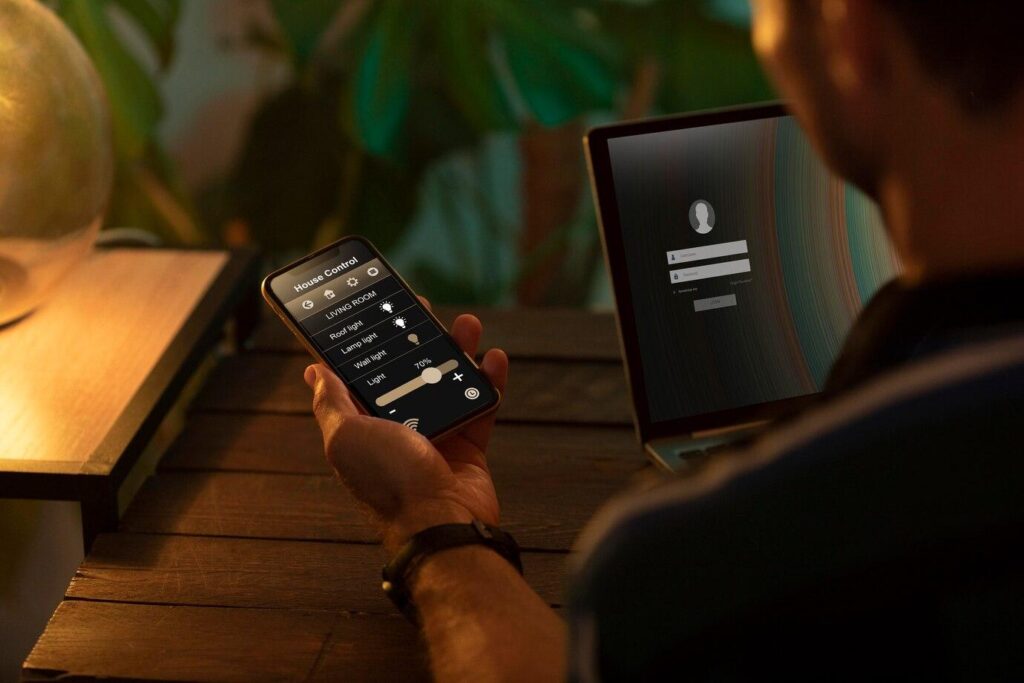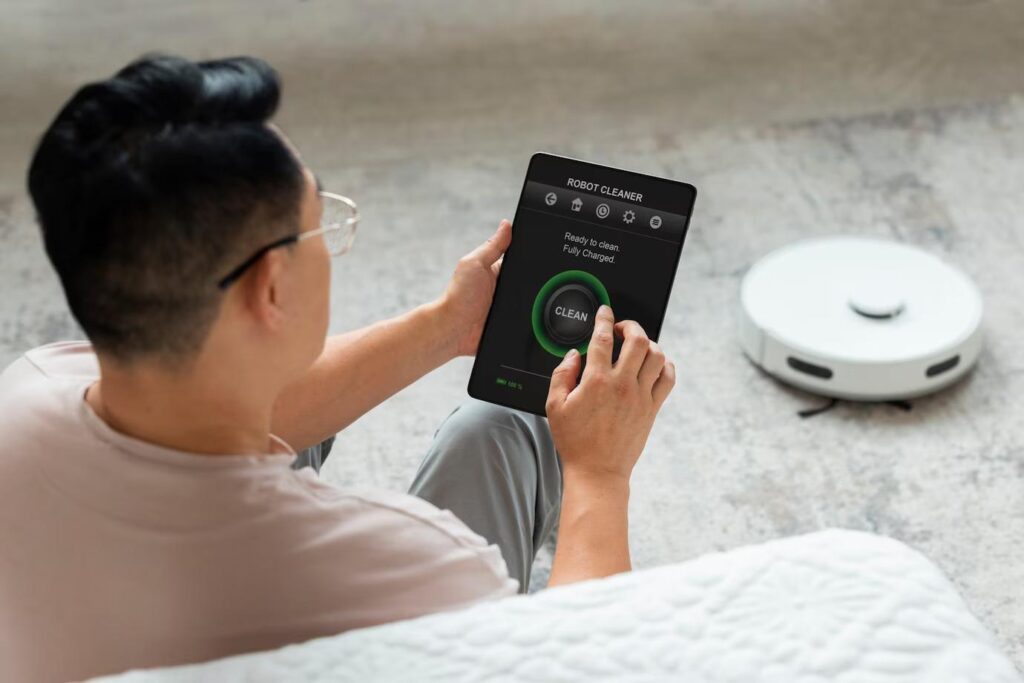Benefits Of Remote Access To Security Systems

In the instantly evolving landscape of technology, remote access to security systems has emerged as a game-changer in safeguarding assets, properties, and individuals. Traditionally, security systems were confined to physical locations, limiting their effectiveness and responsiveness. With the advent of remote access capabilities, businesses and individuals can now monitor and manage their security systems from anywhere in the world. This article explores the myriad benefits of remote access to security systems and how it is reshaping the way we approach safety.
Real-Time Monitoring and Alerts
One of the key pros of remote access to security systems is the ability to regulate activities in real-time. Users can view live camera feeds, access sensor data, and receive instant alerts in case of suspicious activities or security breaches. This real-time monitoring empowers users to take immediate action, whether it’s contacting authorities or triggering automated responses to mitigate potential threats.
Increased Responsiveness
Traditional security systems often relied on physical presence for monitoring and response. Remote access transforms this paradigm by enabling quick and informed decision-making from virtually anywhere. Security personnel, business owners, or homeowners can respond promptly to incidents, enhancing overall security responsiveness.
Cost-Efficiency
Remote access to security systems can lead to significant cost savings. Businesses no longer need to invest in on-site security personnel around the clock. With the ability to regulate and manage security remotely, organizations can streamline their security operations, reduce staffing costs, and allocate resources more efficiently.
Enhanced Flexibility
Remote access provides unparalleled flexibility for users. Whether it’s a business executive traveling internationally, a homeowner on vacation, or a security professional overseeing multiple locations, remote access allows for continuous surveillance and control. This flexibility ensures that security is not compromised due to physical distance or time constraints.

Integration with Smart Devices
The rise of the Internet of Things (IoT) has paved the way for seamless integration between security systems and smart devices. Remote access allows users to control and monitor security features through smartphones, tablets, or computers. This integration enhances user experience and ensures that security systems are easily accessible and manageable.
Customizable Access Levels
Remote access systems often come with customizable access levels, allowing organizations to grant different levels of access to different users. It ensures that relevant personnel have access to the information and controls they need while maintaining the integrity of the security system.
Reduced Downtime
Remote access contributes to minimizing downtime in the event of system issues or malfunctions. Troubleshooting and maintenance can often be performed remotely, reducing the need for on-site technicians and ensuring that security systems remain operational without significant interruptions.
Scalability
As businesses and properties grow, the scalability of security alarm systems becomes crucial. Remote access facilitates easy scalability, allowing users to integrate additional cameras, sensors, or access points without the need for extensive on-site modifications. This adaptability ensures that security measures can evolve with changing needs.
Conclusion
In an interconnected world where security threats are diverse and ever-evolving, remote access to security systems stands as a powerful ally. The benefits extend beyond convenience, offering increased responsiveness, cost-efficiency, and flexibility. As technology resumes to advance, the integration of remote access capabilities will likely become a standard feature in modern security systems, empowering individuals and organizations to safeguard what matters most proactively.
